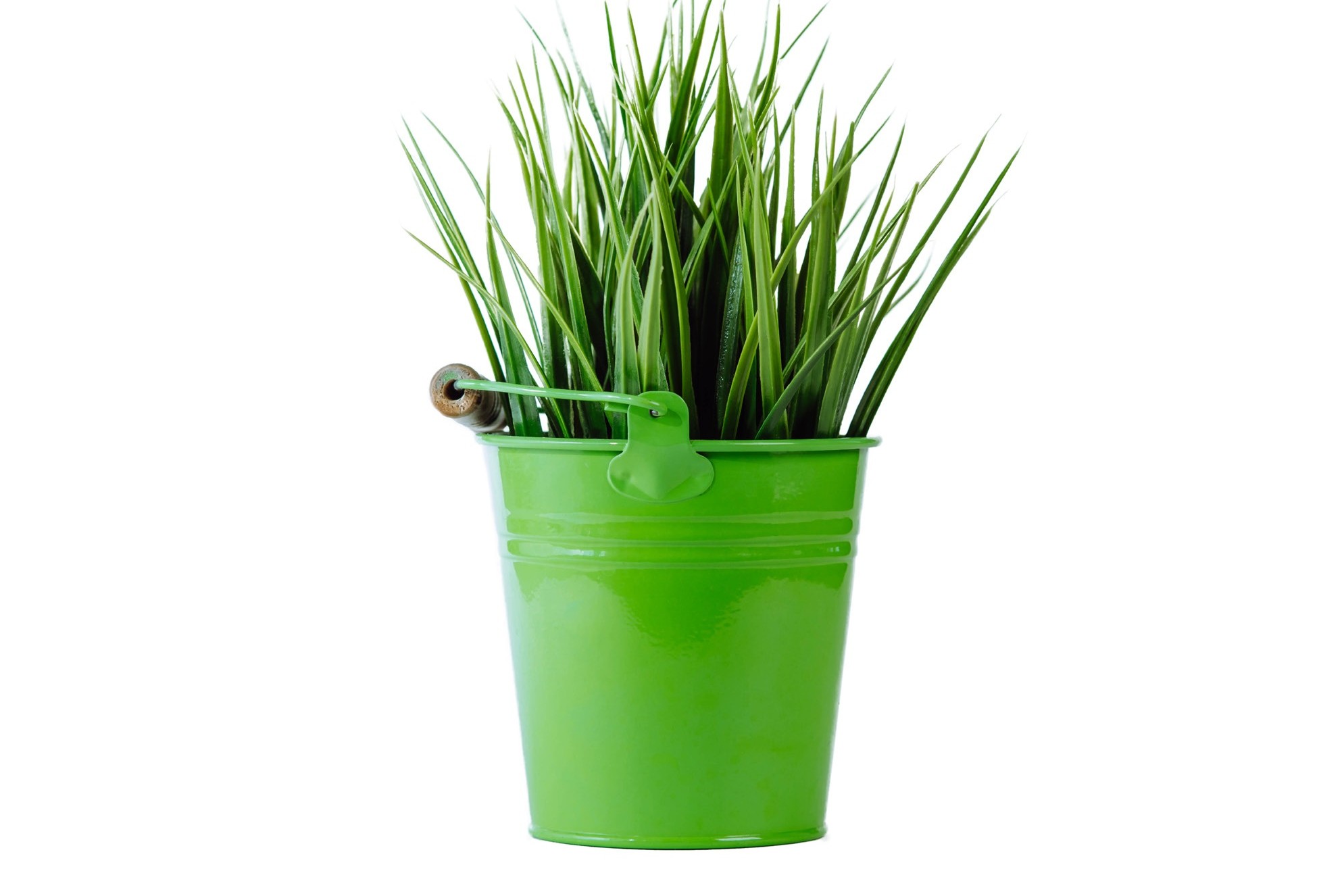With yet another dry season South Waikato’s George Moss reflects on the challenges facing the industry.
Spoiler alert – there is an unashamed and genuine “shout out” for the Dairy Exporter here.
Currently, it is de ja vu of last autumn’s dry, only worse. Cashflows have been redone for the remainder of the season and for next and banks updated where appropriate.
All a little hard to bear given the prospects of a very good milk price.
We have reluctantly bought a palm kernel mix to go with the home-made grass silage – the economics of which will be highly dependent on the timing of the arrival of rain.
Mentally the dry aggravates my head space, as we spend countless hours feeding out endless bales of silage and not being able to enjoy as many of the balmy sunny days away as we would like.
Tokoroa, while dry, is still probably better than other Waikato districts and Northland – we feel for them. Cows are on once-a-day and are hanging in there remarkably well, one herd even up on last year on a daily basis. First three lots of culls are gone. Great!
This dry along with the Coronavirus sheets home to us just how volatile our income streams are and how fast we need to be with our decision making if we are to create really resilient businesses.
Like many farmers we have been juggling the paying down of debt and the tax bill that goes with that – the challenge of both keeping cash in the business and reducing debt (getting cash out simultaneously).
In my travels, wearing the many hats that I do I see too many good farmers struggling with the decision-making processes, what systems to run, drought management, tax management, not to mention staffing and succession.
As farmers we are bombarded with negative commentary about the future of livestock farming, climate change and land values and everyone seems to have a view on how we should farm and what we should farm and yet very few of those opinion-makers have actually worked on or owned a farm or even been on a farm for more than a day. Hard not to let this stuff cloud our thinking.
Consciously, sort through your information sources – which information is actually demonstrating solutions by real farmers in real life to challenges we face.
While each farm and circumstance is unique the threats are very similiar regardless of farm location. My view here is that industry took a step back when the Dairy Exporter was no longer in every dairy farmer’s mailbox.
It is in my view, the last source of clean information with farmers telling their stories and others calling the facts without trying to arouse emotions – ignore articles designed to evoke an emotive response whether it be for or against something, it is wasted energy. It is such a positive magazine when so much of what can be read elsewhere is negative. At $115 a year, for positivity it’s cheap, it will take only a tiny decision or piece of knowledge to recoup that money.
When faced with difficult and sometimes complex and even threatening decisions our rules are: park the emotions, follow the numbers, use Dairybase, seek information from those sources that we trust.
We use our advisers not only for the cows and grass stuff (tactical stuff) but most critically, for the strategy decisions that deliver the resilient and truly sustainable business we desire.
On the staffing front, there are changes happening with current staff looking to move across from one arm of the business to another. We have new staff arriving to fill the vacancy in June. The whole process has prompted us to think about and work out how we can make this business work for everyone instead of everyone working for the business – it sounds like semantics but in reality is about getting the business aligned with everyone’s goals.





